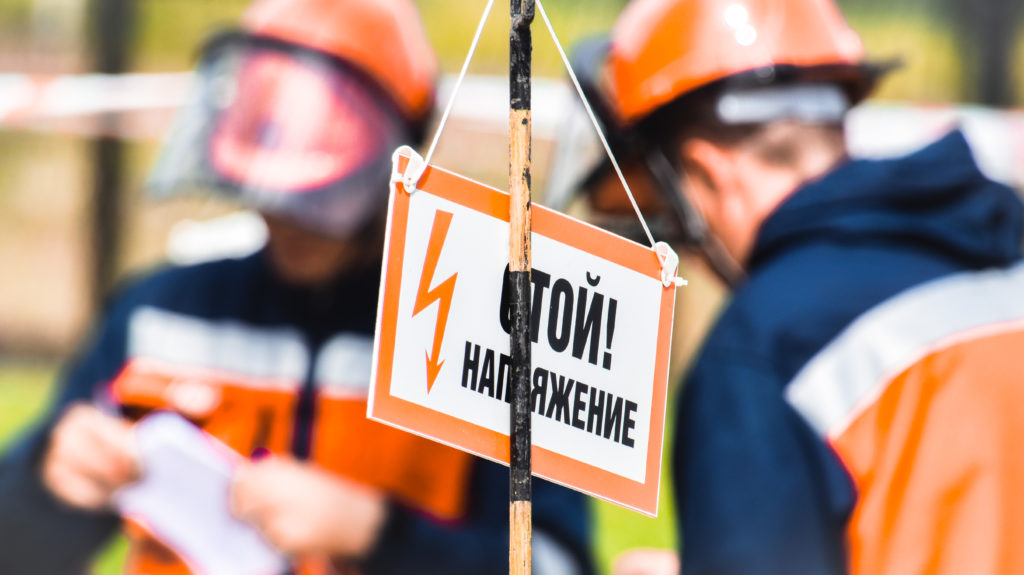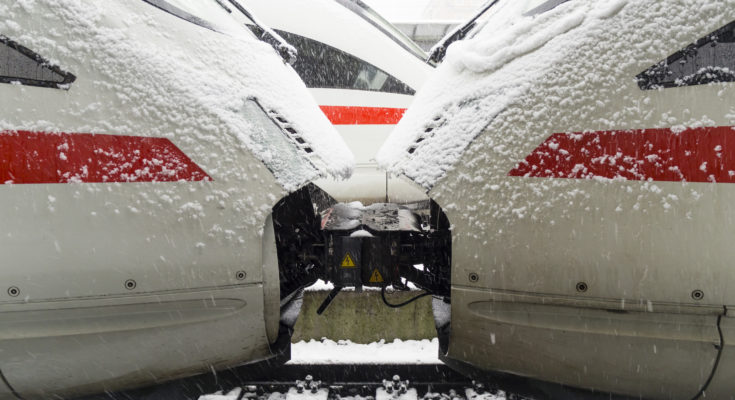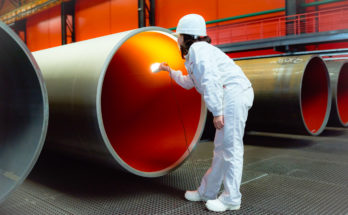Inspection is a monotonous and thankless task — a perfect candidate for robotics! On the railway it’s not so easy… unless you use RoboDK.
Have you ever looked at the linkage between two railway carriages?
If you have, you will have noticed a coupling holding the two carriages together. This coupling is not just mechanical, it also contains important electrical cabling which carries signals between the different parts of the train. When the carriages are coupled together, these electrical points must be securely connected with good conductivity, otherwise, the security of the train may be compromised.
Creating a secure electrical connection is not always easy. We have all experienced the infuriating situation when we plug in an electronic cable (e.g. the charger of our phone) and it doesn’t work. We unplug and replug the cable… and eventually, the connection works. Obviously, such a situation would be unacceptable on a railway. The coupling needs to be functional every single time it is plugged in. To achieve this requires regular inspection.
Meet… The Team at Glasgow Caledonian
This case study comes from research from a team at the Glasgow Caledonian University in the United Kingdom (UK).
The team were contacted by a train operating company which was looking to automate the inspection of its rolling stock couplings (“rolling stock” is a term to refer to railway vehicles such as carriages, wagons, coaches, etc.)

The team consisted of senior researchers from the university’s School of Engineering and Built Environment, who are experts in automation for the railways, manufacturing, and mechanical systems.
The research results were published in October 2019 in the journal Robotics and Computer Integrated Manufacturing.
The Task: Electric Coupling Inspection
The task set by the railway company was to find a way to automate the inspection of the electric head of their couplings.
This is a task that is currently carried out manually by inspection technicians.
The manual task involves:
- Detailed cleaning of the coupling.
- Visual inspection of the coupling.
- Electrical continuity testing of the connections using a voltmeter and resistance tester.
It takes 30 minutes for a technician to carry out the task by hand.
This time quickly mounts up when you consider the number of carriages in use by railway operators. For example, the UK National Rail has plans to have a total of 7,000 carriages in operation by 2021. With 2 couplings per carriage, this amounts to 875 days (full-time 8-hour shifts) of work just to inspect this number of couplings once.
Inspection is a great task to give to a robot, as we have discussed before regarding manufacturing inspection.
The Problem: Costly, Unsafe, and Inconsistent
The problem for railway companies is that this type of preventative maintenance is vital but costly.
There are at least 3 reasons that robotic automation is a good option for this task:
- Cost — The person-hours required to complete the task manually amount to a high cost. Automation can be cheaper in the long term.
- Safety — The inspection task requires technicians to stand on an elevated platform in the service bay, close to high-voltage electrical cables and overhead wires. This is a dangerous environment for humans, but not for robots.
- Consistency — The monotony of the task makes it difficult for human technicians to maintain a high level of consistency in the inspection. Robots will complete the task to a consistent level of quality.

The Solution: Industrial Robot With RoboDK and Matlab
The researchers chose to solve this problem with an industrial robot programmed with RoboDK and Matlab.
A Challenging Task
As the researchers explain “The overall process might appear trivial for skilled operators but offers interesting challenges for an [autonomous robotic system].”
The challenges from a robotics perspective include:
- Uncalibrated environment — The exact location and orientation of the coupler in 3D space is unknown, given that it is mounted on a movable train carriage. The robotic system needs to detect the position of the coupling and adjust its inspection program accordingly on-the-fly.
- Small targets — The electrical contacts are tiny pins which can be challenging to detect with robot vision sensors.
- Dirt and other visual — Railways are dirty environments. Dirt on the coupling can make it especially difficult to detect the coupling and pins as the image is never consistent.
Hardware Setup
The researchers chose the following hardware setup for their system:
- Fanuc LR Mate 200iD 6-axis industrial robot.
- RGB Camera for computer vision.
- Time of Flight sensor, which produces a 3D image when combined with the camera image.
- Custom end-effector for testing the electrical points of the coupling.
One of the main research outputs of the project was to prove the visual servoing concept which the team employed to detect the position of the coupling with the combined 3D camera software.
Software Setup
The software setup was based around Matlab, which gave the researchers the capability to incorporate the 3D vision system with the robotics. This makes RoboDK the perfect choice for their robot simulation because Matlab links easily through the RoboDK API.
The software components were:
- Matlab and Simulink were used for programming the computer vision, based on previous research into robotic path planning with Matlab.
- RoboDK for simulating the robot system. This was particularly useful for the team because it allowed them to keep working on their research when the physical robot was unavailable for testing.
The Future of Automated Railway Inspection?
Through this project, the researchers were able to demonstrate that robotic inspection of railway couplings is possible. They were able to achieve a proof of concept and showed that the individual components of the system work, particularly the visual servoing detection of the coupling.
As shown in the following video, the system that the researchers created is able to autonomously detect the coupling and test the electrical points using their custom end effector.
Which inspection tasks could you give to a robot? Tell us in the comments below or join the discussion on LinkedIn, Twitter, Facebook, Instagram or in the RoboDK Forum.





Thanks for sharing this blog. I stumbled here while I was looking to learn more about Cable Management